Table of Contents
ToggleCloud computing is one of the most significant pillars of today’s digital era and has emerged as a pivotal force driving innovation and efficiency across industries. As enterprises across industry sectors continue to embrace digital transformation, the demand for AWS-skilled professionals remains at an all-time high. If you’re looking to embark on a rewarding career in the cloud industry, there’s no better time than now to begin your journey with top-level AWS Certifications.
AWS Stats: Quick Check
AWS is a market leader today, offering a comprehensive suite of services ranging from computing power and storage to machine learning and artificial intelligence. With a vast global infrastructure and an extensive customer base spanning diverse sectors, AWS continues to be the cornerstone for organizations seeking scalable, reliable, and secure cloud solutions.
Learn: What is AWS?
At present, AWS holds approximately 10.79% of the web hosting market share, making it the second largest provider in the industry following GoDaddy. According to Datanyze reports, I’ll outline the current market shares of various cloud companies and specifically highlight AWS’s percentage of the market share.
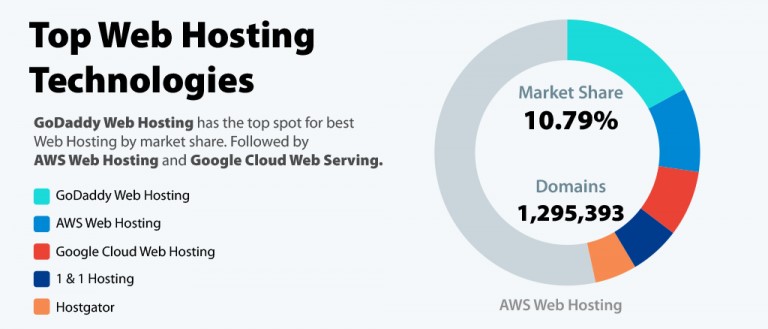
Image source: www.wpoven.com
The AWS market share encompasses 1.4 million companies currently utilizing its services. Even a small fraction of the cloud market share holds significant weight. While percentages may not fully demonstrate this significance, the actual figures certainly do.
According to Datanyze reports, there are approximately 1,295,393 live websites currently hosted on AWS. This number, nearly equivalent to the entire population of a small country, underscores the extensive reach of AWS’s services. Notably, leading companies and brands such as Netflix, Facebook, LinkedIn, and Baidu have opted to host their websites on AWS, making it their preferred choice.
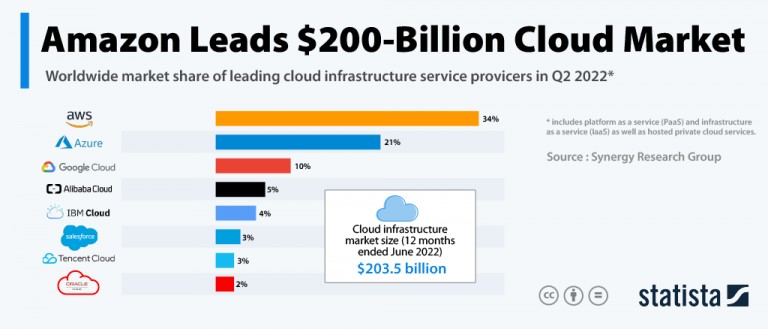
Image source: Statista
Why Should You Learn AWS?
Because AWS can easily grow and adapt, it uses the same effective methods in lots of different services like backup, databases, storing data, and more. This means you don’t have to spend as much time and effort setting up and looking after all these different parts of your computer system. Let’s explore what are the benefits of using AWS.
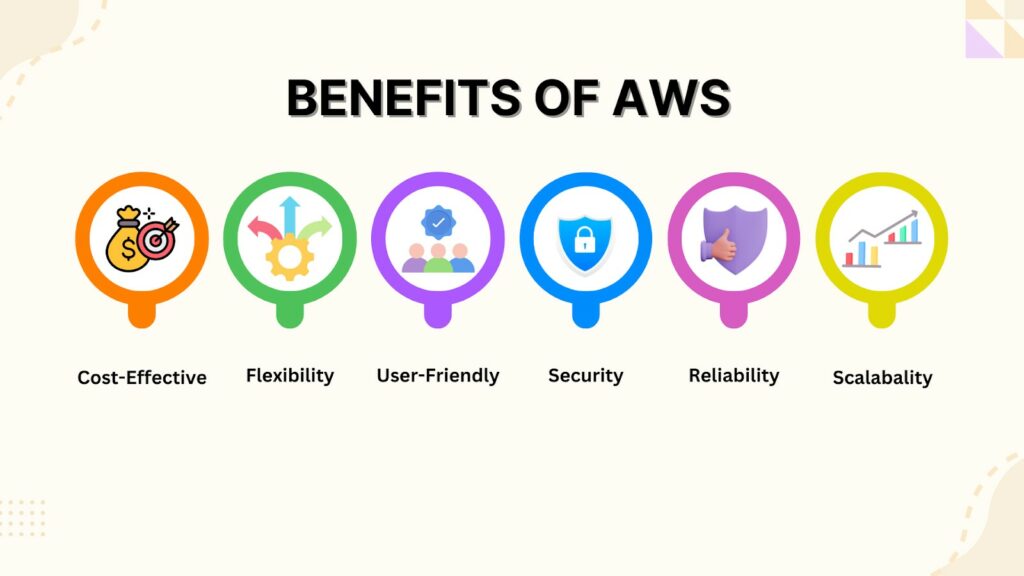
Cost Effective
If you’re using AWS, as a customer you are only paying for the computing power, storage, and other resources you use. There are no long-term contracts or up-front commitments from AWS, making it easy to use and scale according to business needs.
Flexibility
With AWS, you get to choose what operating system, programming language, and other tools you want to use. It gives you a virtual space where you can put all the software and services your app needs. This makes it easier to move existing apps over to AWS and gives you the flexibility to create new ones too.
User-Friendly
AWS is made so that people who create apps, software companies, and sellers can easily and safely put their apps online. It doesn’t matter if your app is already made or if it’s a new one that works online. You can get to AWS’s platform for hosting apps either by using the AWS Management Console or by using the clear instructions in their web services.
High-end Security
AWS makes sure our system is super secure by taking care of everything from the physical stuff to how the software works. You can learn more about this in the AWS Security Center.
Reliability
AWS offers access to a scalable, dependable, and secure global computing infrastructure, which serves as the backbone for Amazon.com’s extensive online operations developed and refined over more than a decade.
Scalability and Performance-oriented
By utilizing AWS tools like Auto Scaling and Elastic Load Balancing, your application can adjust its size depending on how much it’s being used. With the support of Amazon’s vast infrastructure, you can tap into computing and storage resources whenever you require them.
Steps to AWS Guide for Beginners
Step 1: Understanding AWS (Amazon Web Services)
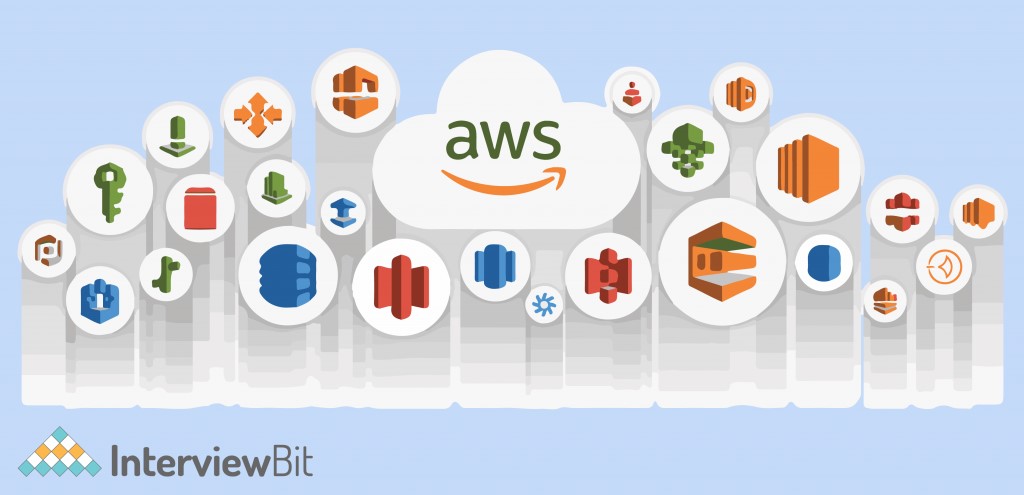
Image source: gbu-hamovniki.ru
Amazon Web Services (AWS) is a collection of services that help you create, operate, and manage different kinds of applications using the internet. These services can be very useful for your business, making it more efficient and flexible.
Step 2: Basic AWS Knowledge
Amazon Web Services (AWS) is a big name in cloud services. It provides various tools like Amazon Elastic Compute Cloud (EC2), Amazon Simple Storage Service (S3), and Amazon Route 53. These tools are great for web apps, but they’re also handy for other tasks like managing networks and building data centers.
Step 3: What is AWS EC2 and Why Does It Matter?
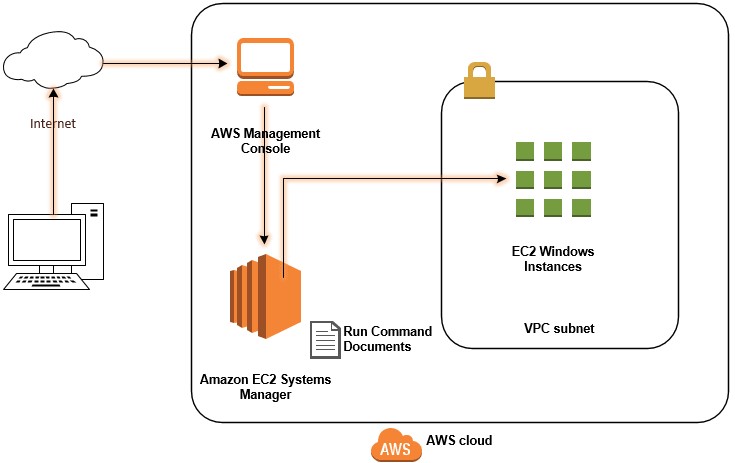
Image source: dev.to
AWS EC2 is a service that lets you run your applications on Amazon’s servers. It’s important because it makes it easy for businesses to start using cloud computing. It’s also good for big businesses that need lots of resources and flexibility.
Step 4: Understanding AWS’s Virtual Private Cloud (VPC)
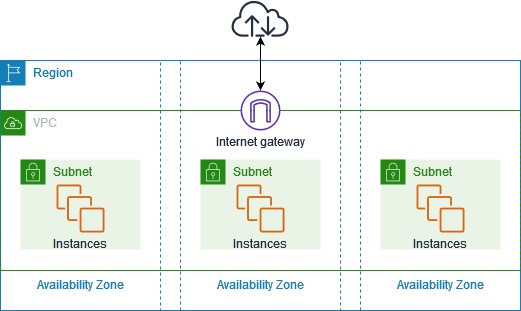
Image source: docs.aws.amazon.com
AWS’s Virtual Private Cloud (VPC) lets businesses create secure spaces to run their apps without affecting other networks. This helps keep things safe and separate.
Step 5: Getting to Know AWS S3 Storage
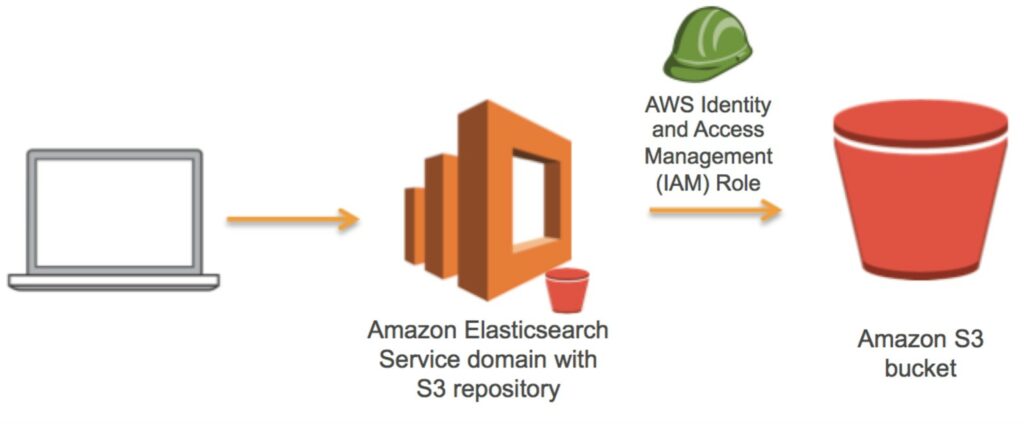
Image source: aws.amazon.com
AWS S3 is a storage service that comes with lots of features. In this Step, we’ll learn about what it offers and the different storage options available.
Step 6: Understanding AWS IAM
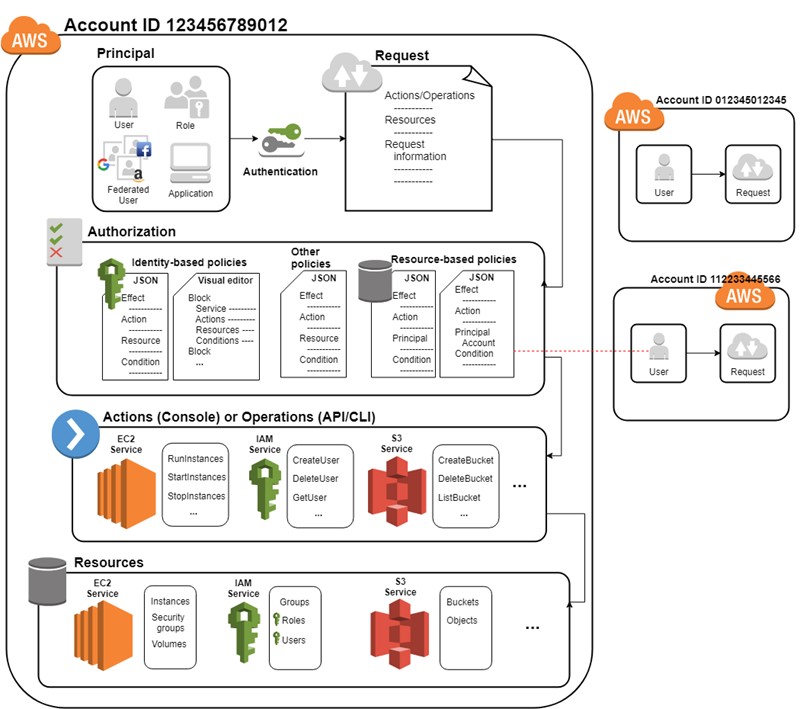
Image source: docs.aws.amazon.com
AWS IAM helps manage your resources on AWS better. It lets you control who can access what and keep an eye on your infrastructure.
Step 7: What is AWS CloudFront?
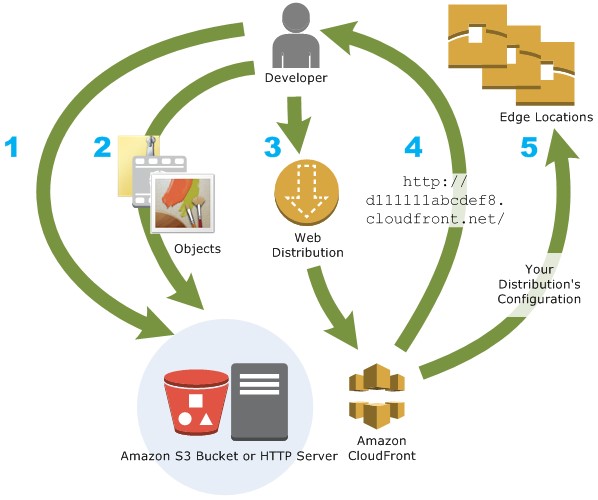
Image source: docs.aws.amazon.com
AWS CloudFront helps you share your web content with lots of different places easily. It’s handy for things like images, blog posts, and even dynamic content.
Step 8: Introduction to AWS Auto Scaling
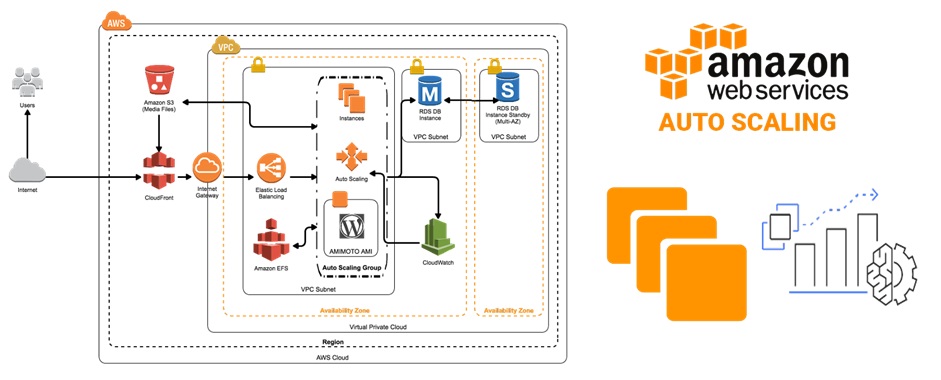
Image source: aws.ps
If your business has changing workloads, AWS Auto Scaling can help. It adjusts your server capacity automatically so your website stays up and running smoothly.
Step 9: Learning about AWS Load Balancer
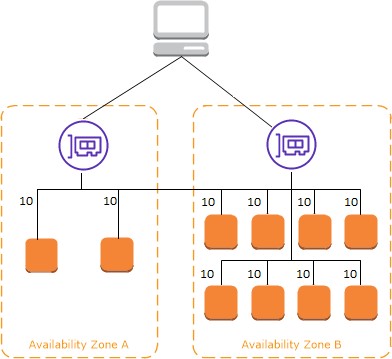
Image source: docs.aws.amazon.com
AWS Load Balancer spreads out your web traffic across different servers, which can make your web apps more reliable, especially when you have lots of traffic.
Step 10: Introduction to AWS SageMaker
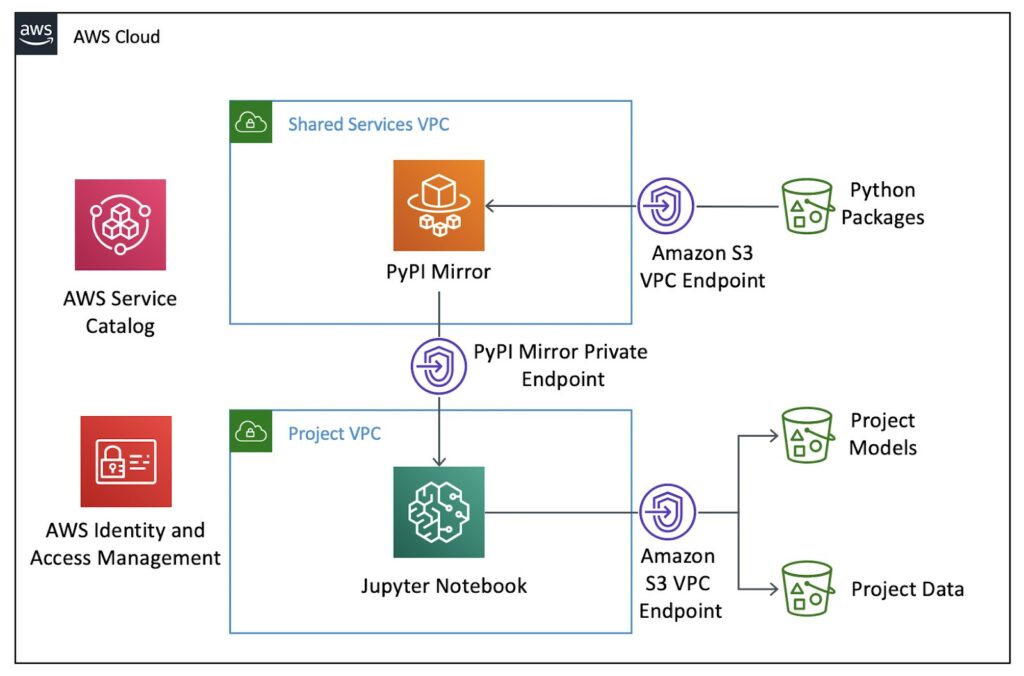
Image source: aws.amazon.com
AWS SageMaker is a tool that makes it easy to create custom applications using Amazon’s services. It’s user-friendly and great for businesses that need to make apps quickly.
Step 11: Getting Started with AWS CloudFormation
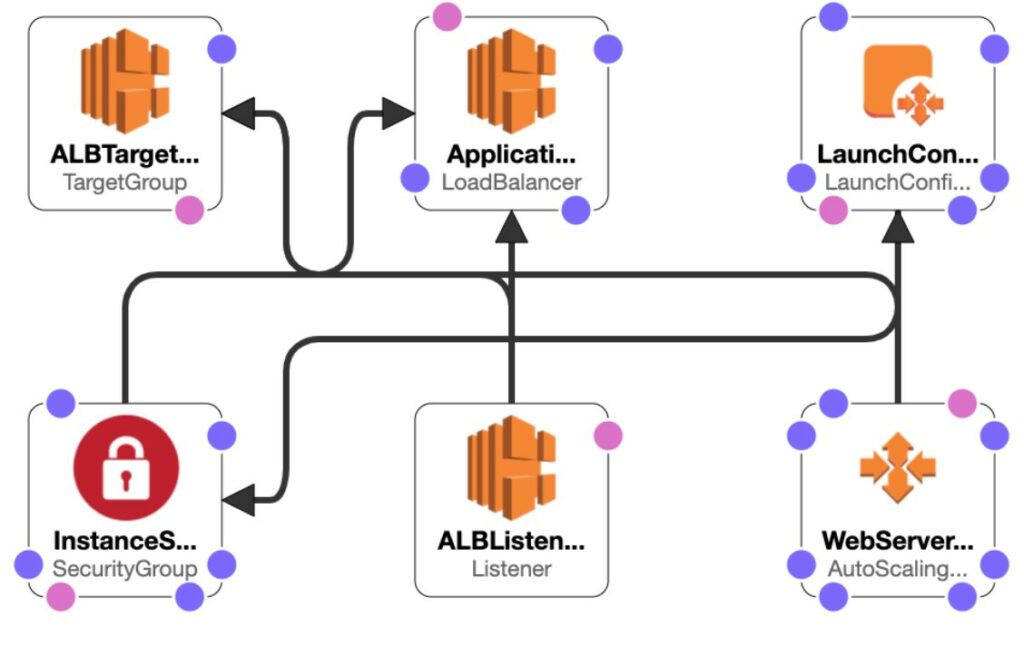
Image source: contino.io
AWS CloudFormation helps you set up and manage lots of different AWS services at once. It’s a powerful tool for businesses of all sizes including MNCs, SMBs, and Government entities worldwide.
Step 12: Becoming an AWS Solutions Architect
AWS Solutions Architects are experts in using AWS to build and deploy apps. This Step covers the AWS Solutions Architect Certifications you can get and job opportunities in this field.
AWS Careers for Beginners
With annual salaries ranging from $25,000 to $68,500, most entry-level AWS salaries fall between $40,500 (25th percentile) and $52,000 (75th percentile), while top earners (90th percentile) make around $59,500 annually across the United States. The demand for AWS-certified professionals is quite high in the USA. Consequently, professionals skilled in cloud computing, particularly those with certifications in Amazon Web Services (AWS), are in high demand. If you’re considering whether obtaining an AWS Certification is a worthwhile investment in 2024, the resounding answer is YES!
Let us know if you want to know more about the AWS jobs for beginners!
